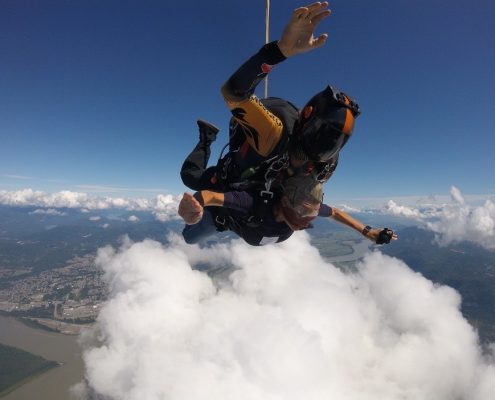Posts

Onboarding internal or external senior executives during COVID?
One of the areas I specialize in for executive coaching is the…

Waiting for things to return to normal? Stop waiting, instead hit the reset button!
Last week, I was in a meeting where we had a great discussion…

We don’t know what we don’t know – a lot will be different moving forward.
Business Fatigue
The fatigue that business leaders are feeling…

Leadership from 10,000 Feet: A Bird’s Eye View of Your Business Can Change Your Practices
SKYDIVING CHANGES PERSPECTIVE: Changing Your Business Outlook
Last…

Planning + Action + Consistency + Outcome Recording = AMAZING RESULT.
Consistency is Key
Being relentlessly consistent in…

